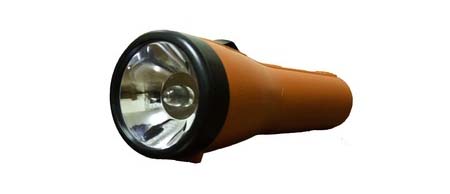Preparing and keeping a fully stocked home emergency preparedness kit could be the key to your family’s safety if disaster strikes.
You can’t prevent disasters, but you can take charge of how you respond if you’re prepared. The first step is putting together an emergency preparedness kit.
Your Most Important Papers If a flood destroys your home, you could spend weeks or even months just trying to re-create the essential documents you’ll need to get back on track. That’s why it’s critical to have backups of important papers, such as:
- The deed to your house.
- Proof of insurance.
- Medical records.
- Passports.
- Social security cards.
- A list of personal contacts.
Keep one set at home in a portable case that you can grab quickly. Keep another in digital form — either on a secure website such as Dropbox or on a memory stick, or, even better, both. And while you’re at it, use the opportunity to check whether your insurance is up to date.
“People often don’t know what their homeowners insurance policy covers, and most don’t cover flooding,” points out Rick Bissell, Ph.D., a professor of emergency health services at the University of Maryland, Baltimore. Find out what hazards your area faces, and make sure you’re protected against them.
Basic Items for Survival
Water: One gallon per person per day for at least three days, for drinking and sanitation; double if you live in a very hot climate, have young kids, or are nursing. Bottled water is best, but you can also store tap water in food-grade containers or two-liter soda bottles that have been sanitized. Factor in your pet’s water needs, too.
Food: At least a three-day supply of non-perishables and a can opener. Pack protein, fruit, and vegetables, but make sure they’re in a form that stores easily, such as cereal bars and trail mix with dried fruit. Include some treats that have a long shelf life, such as Tootsie Rolls. Store food in pest-proof plastic or metal tubs and keep it in a cool, dry place.
Flashlights and extra batteries: “Candles are not recommended because there are many house fires caused by candles left unattended,” says David Riedman, a public affairs officer with FEMA.
Battery-operated radio: Red Cross radios are available at multiple retailers and online.
First-Aid Supplies:
- Two pairs of sterile gloves
- Adhesive bandages and sterile dressings
- Soap or other cleanser
- Antibiotic towelettes and ointment
- Burn ointment
- Eye wash
- Thermometer
- Scissors
- Tweezers
- Petroleum jelly
- Aspirin or non-aspirin pain reliever
- Stomach analgesics such as Tums, Pepto-Bismol
- Laxative
Sanitation and Hygiene Supplies:
- Moist towelettes
- Paper towels
- Toilet paper
- Garbage bags
- Plastic ties
- Shampoo
- Toothpaste and toothbrush
- Deodorant
Additional Items:
- Plastic sheeting, duct tape, and dust masks — in case you need to seal your home or shelter from airborne contaminants
- A whistle to signal for help
- Toys or other comfort items for kids
- Cash
Update your kit as your needs change, and replace food and water approaching its expiration date. You might pick a specific time each year to check, such as before hurricane season in the south or after Thanksgiving if you live in the north.
By: Wendy Paris
Published: August 28, 2009
Read more: http://members.houselogic.com/articles/emergency-preparedness-kit/preview/#ixzz312bVuZrh
“Visit HouseLogic.com for more articles like this. Reprinted from HouseLogic.com with permission of the NATIONAL ASSOCIATION OF REALTORS®.”



